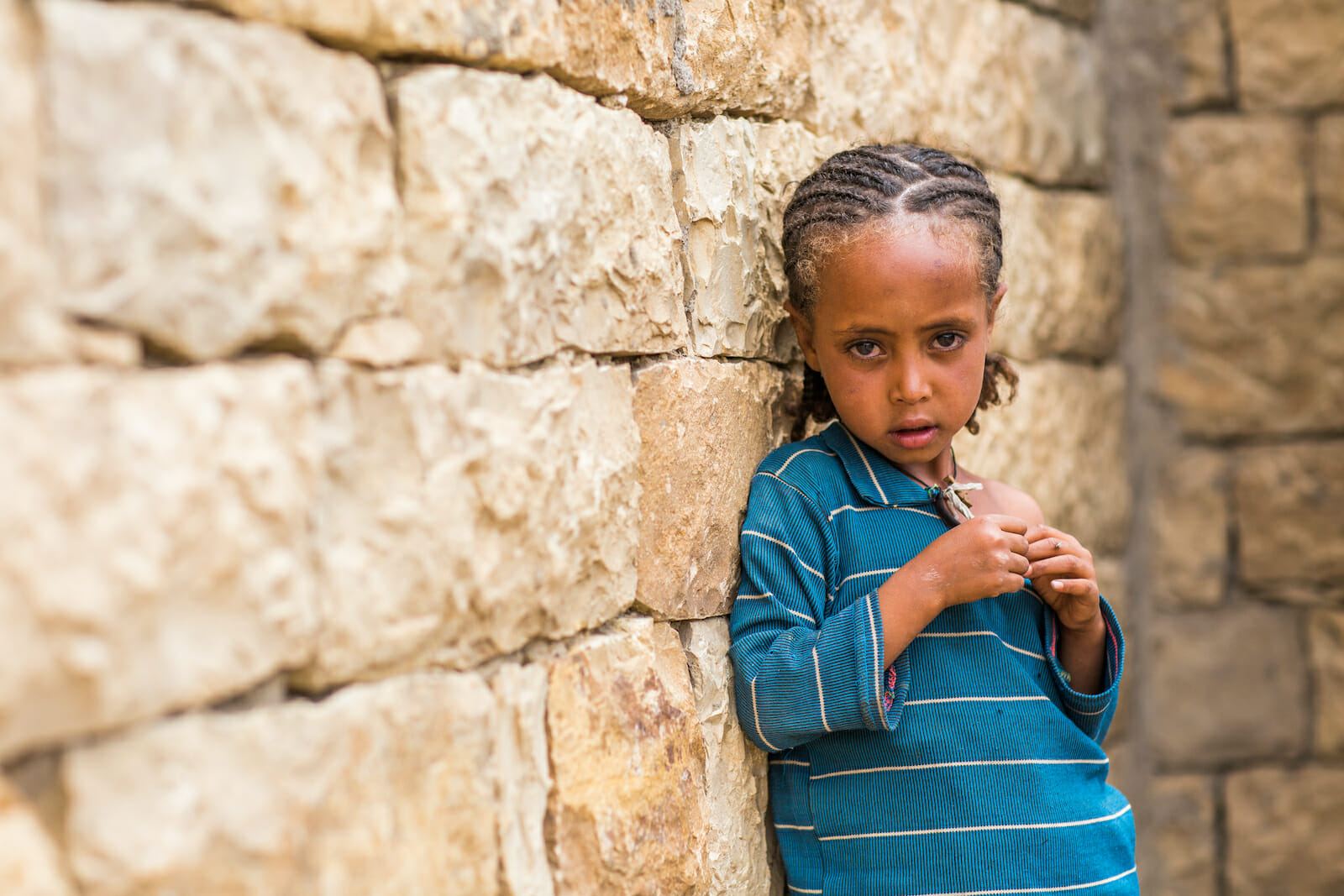
Is Ethiopia at Risk of Genocide?
Over the course of six days in November 2020, Ethiopian government forces and allies executed two hundred civilians in Adi Hageray, a town in Ethiopia’s Tigray region. Eyewitnesses report indiscriminate house-by-house killings, with victims ranging from children to ninety-year-olds.
Standing alone, this atrocity deserves international outrage – but in reality, the Adi Hageray massacre is just one tragedy within an ongoing war that has killed over 50,000 civilians and involved over 150 mass killings since November.
Is Ethiopia heading towards genocide in Tigray? Some experts think so, with one describing events in Tigray as “literally genocide by decree.” While it is difficult to predict exactly where the violence in Tigray will lead, there are three reasons the international community should be concerned that Ethiopia is on the path to genocide: the country’s history of conflict, ethnonationalist ideologies, and unsteady democratic institutions.
First, there is an ongoing war and a legacy of war in the country, which has been almost continuously in conflict since the 1960s. War legitimates violence and activates agencies that specialize in violence to use it as a protective measure. Further, fear and threats experienced during war weaken the appeal of moderates, as they become more easily overpowered by extremists who can leverage fear to create support for genocidal policies. For instance, the fear generated by the First World War contributed to convincing the Ottomans that it was time to eliminate the existential threat of the Armenian ethnic group. This was a crucial precursor to the Armenian genocide. As the conflict in Tigray persists and expands, Ethiopian extremists may find it easier to foster support for the idea that eliminating the ethnic group that is involved in the unrest is a palatable solution to the problem.
Second, exclusionary nationalist ideologies pervade political and cultural life, primarily through ethnonationalism. These ideologies can help leaders make claims about who is a “legitimate” Ethiopian based on ethnic identity and afford fewer rights to any “illegitimate” people. These ideologies also affect how leaders perceive and interpret threats – such as the Tigray uprising – and thus affect how they choose to respond, sometimes making violence seem like a more acceptable choice. Ethiopia’s constitutional right to self-determination and secession has contributed to ethnonationalism among its over eighty ethnic groups, as has its model of “ethnic federalism” which maintains a single state while allowing autonomy for ethnic groups.
Alternative, non-exclusionary ideologies can restrain violence, but while Ethiopia has such ideologies on paper, including Prime Minister Abiy Ahmed’s new pan-Ethiopian Prosperity Party, sincere alternatives to ethnonationalism are limited in practice. The Tigray People’s Liberation Front had dominated Ethiopian politics for three decades before leaving power with the ascent of Ahmed. Within months, dozens of mass killings of civilians had been conducted by the government and its allies in a region that is almost entirely composed of the Tigrayan ethnic group. This may make it hard for Tigray to perceive the national ideology as inclusive.
Third, one of the single biggest predictors of genocide is the lack of democracy. Democratic institutions constrain executive power, which tends to limit the escalation of conflict and restrain leaders from implementing extremely violent policies. Democracies can also better protect minority rights through the voting process, including the rights of a minority ethnic group like the Tigrayans. Further, true democracies are more likely to have free private media which can record ongoing events and assist in holding their leaders accountable to human rights laws. Ethiopia has been a “democracy” since the early 1990s but has been plagued by repression, intimidation, violence, and fraud. Democracy only prevents violence if Ethiopians depend upon these institutions for conflict resolution, but the country’s history does not suggest that an aggrieved group like the Tigrayans will rely on democratic institutions to address their concerns instead of turning to violence.
Even with clear warning signs, the international community is often hesitant to intervene in preventing atrocities. However, there are a number of less invasive steps countries can take.
At the very least, nations can use sanctions to restrain violent actors with economic incentives, heightening the costs of continued instability. Tigray is a significant mining and manufacturing region, and the conflict could cost Ethiopia $20 million in exports. Further, economic expansion has been central to Prime Minister Ahmed’s platform, as he strives to transition Ethiopia from a “developmental state” model to an industrial economy. With COVID-19 already derailing much of Ahmed’s economic efforts, Ahmed seems incentivized to scale back conflict rather than escalate. Nations can seize this opportunity by meeting the escalation of violence with economic repercussions.
Further, the international community can place eyes on the ground to provide accurate reporting and break the communications blackout. Not only will this provide nations with better information to inform their responses to the conflict, but it will also assist in the long-run pursuit of justice for victims.
International actors can also demand access for humanitarian agencies to distribute resources, in response to nightmarish accounts of famine and weaponized hunger. Anything less than a demand for basic resource distribution amounts to allowing the violation of Ethiopian human rights.
Since the Second World War, the international community has had a mantra around genocide: “never again.” The Tigrayan conflict is set to test the strength of the global commitment to this ideal.

